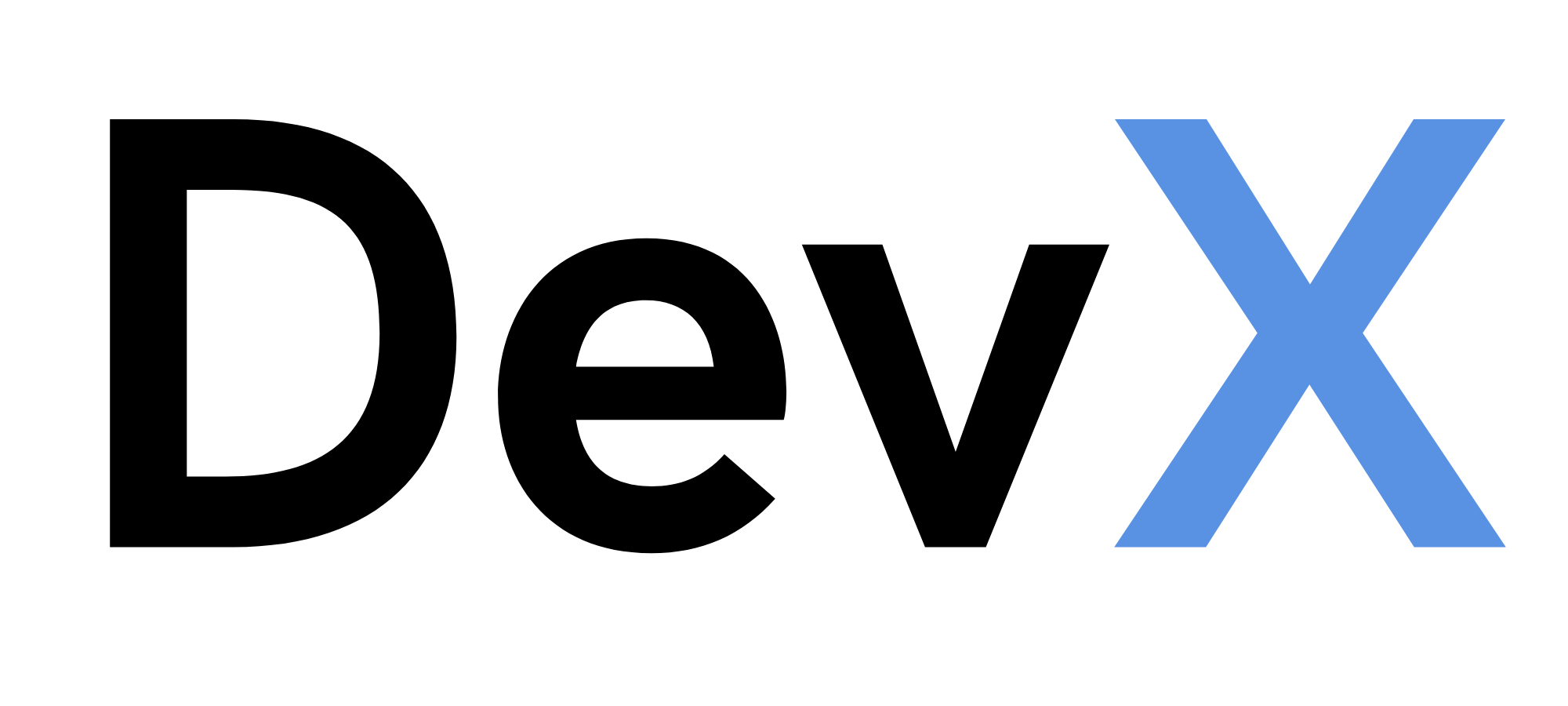Question:
What do the PRIVATE, PROTECTED, PUBLIC and PUBLISHED sections of a unit mean?
Answer:
They define the level of visibility of properties and methods of an object. In a nutshell, they are as follows:
| PRIVATE | Things contained in this section are private to the object. External objects do not have access to any elements contained here. |
|---|---|
| PROTECTED | Similar to private with one exception: Descendants of the object have access to the methods and properties contained here. |
| PUBLIC | All external objects have access to elements here. |
| PUBLISHED | Similar to PUBLIC, but properties listed here show up at design time under the Object Inspector. |
These sections really come into play when you’re building components. Typically, you’ll put the local field variables assigned to properties in the PRIVATE section, along with functions and procedures that act only within the scope of the object itself. In the PROTECTED methods, if you know the object will be inherited at some point, you’ll put properties, functions and procedures to give access to your descendants, but maintain privacy from external objects. In the PUBLIC section, you’ll place methods and procedures that usually don’t have a corresponding property, but require full access by other entities; or, insert properties that you don’t want visible in the Object Inspector. The PUBLISHED section by convention is for properties only, though I’ve put procedures there just to see if I still had access to them.
TForms have PRIVATE and PUBLIC sections as well. In most cases you won’t put them to use; however, there will be times when you want to add functionality and capabilities to the form that need to be assigned levels of visibility.
Play around with this stuff. The more you understand it, the more you’ll understand object-oriented programming. By the way, I suggest getting a book on general object-oriented programming principles. Understanding the theory behind objects will help you get a better handle on Delphi programming.




























